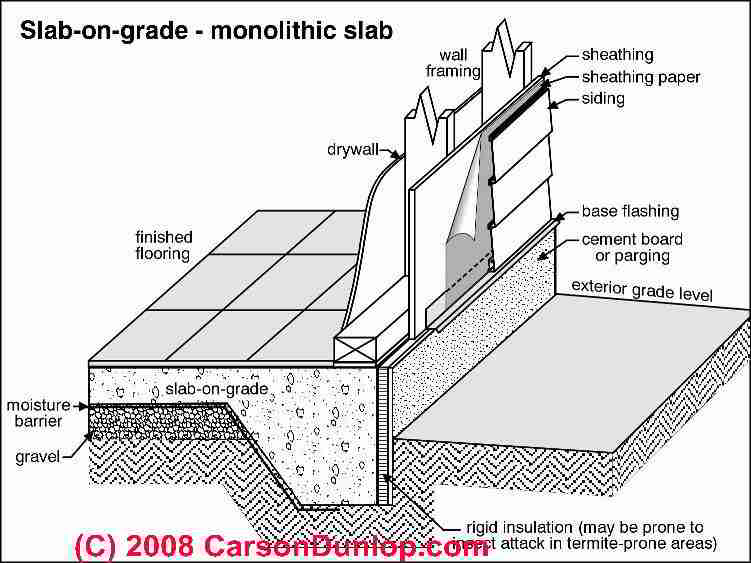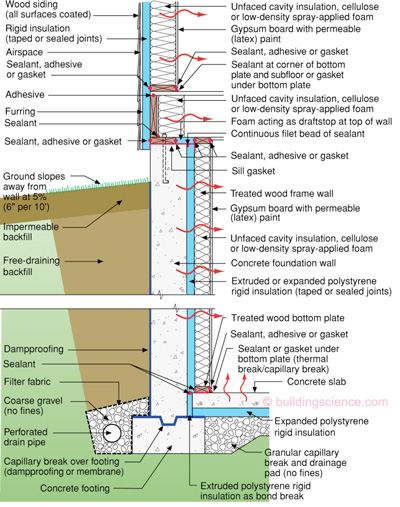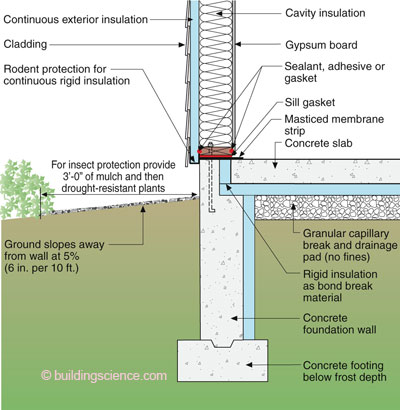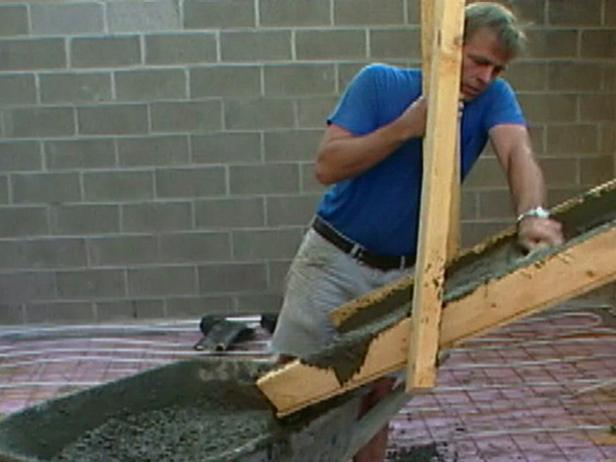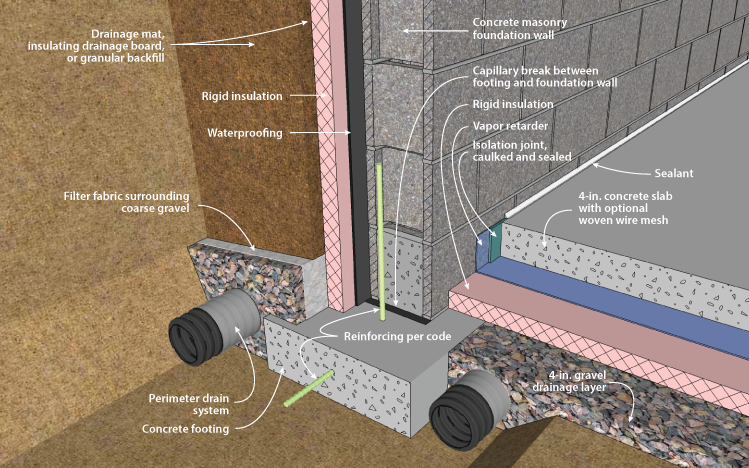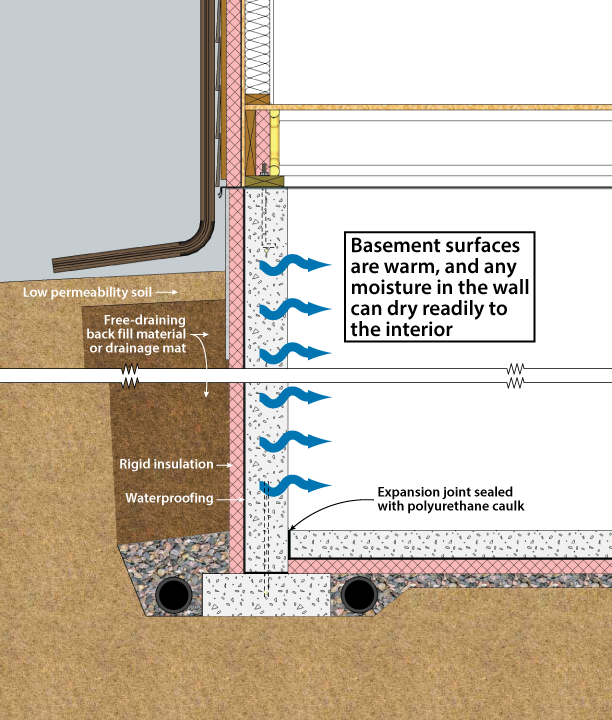Benefits of Insulating Under Your Basement Floor
Insulating under your basement floor offers numerous benefits that enhance the comfort, efficiency, and overall value of your home. Here are the key advantages to consider.
- Improved Energy Efficiency One of the primary benefits of insulating under your basement floor is improved energy efficiency. Insulation helps to prevent heat loss through the basement, reducing the amount of energy required to heat your home. This can lead to significant savings on your energy bills, especially during the colder months.
- Enhanced Comfort Insulating your basement floor can make your basement more comfortable by maintaining a consistent temperature. Without insulation, basements can feel cold and damp, making them less usable. Proper insulation creates a warmer, more inviting space that can be used year-round.
- Moisture Control Basements are prone to moisture issues, which can lead to mold and mildew growth. Insulation helps to create a barrier that reduces the risk of moisture seepage from the ground. This not only protects your home from potential water damage but also improves indoor air quality by preventing mold-related health issues.
- Soundproofing Insulation under your basement floor can also provide soundproofing benefits. It can help to reduce noise transmission between floors, making your home quieter. This is particularly beneficial if your basement is used as a living space, home theater, or workshop.
- Increased Home Value Insulating your basement floor can increase the value of your home. Potential buyers are often attracted to energy-efficient homes with comfortable, usable basements. This investment can pay off if you decide to sell your home in the future.
- Environmental Impact By improving the energy efficiency of your home, insulation helps to reduce your carbon footprint. Using less energy for heating and cooling translates to lower greenhouse gas emissions, contributing to a more sustainable environment.

Types of Insulation Materials for Basement Floors
Choosing the right insulation material for your basement floor is crucial for achieving optimal performance and durability. Here are some of the most popular options.
Rigid Foam Insulation Rigid foam insulation is one of the most common choices for basement floors. It provides excellent thermal resistance and is moisture-resistant, making it ideal for below-grade applications. Types include extruded polystyrene (XPS), expanded polystyrene (EPS), and polyisocyanurate (polyiso).
Spray Foam Insulation Spray foam insulation is a versatile option that can create an airtight seal, reducing heat loss and moisture infiltration. It can be applied directly to the floor and expands to fill gaps and cracks. However, it is typically more expensive than other options and requires professional installation.
Insulated Concrete Forms (ICFs) ICFs are used to form the foundation and walls of a basement while providing built-in insulation. They consist of rigid foam panels that stay in place as the concrete cures. ICFs offer excellent insulation properties and structural strength, but they are typically used in new construction rather than retrofits.
Fiberglass Insulation Fiberglass batts or rolls can be used in conjunction with a vapor barrier under the basement floor. While it is a cost-effective option, fiberglass is not as moisture-resistant as rigid foam or spray foam and may require additional moisture protection measures.
Radiant Floor Insulation For homes with radiant floor heating systems, special insulation materials are used to enhance the system’s efficiency. These materials include reflective foil-faced foam and other high-R-value products designed to direct heat upwards into the living space.
Perlite and Vermiculite These granular insulation materials are often used in conjunction with concrete or other solid flooring materials. They provide good thermal and moisture resistance and can be mixed with concrete for added insulation properties.
Step-by-Step Guide to Installing Basement Floor Insulation
Installing insulation under your basement floor is a multi-step process that requires careful planning and execution. Follow these steps for a successful installation.
Prepare the Basement Floor Start by cleaning the basement floor thoroughly. Remove any debris, dirt, or dust that could interfere with the insulation installation. Inspect the floor for cracks or damage and repair as needed to ensure a smooth, stable surface.
Install a Vapor Barrier Lay down a vapor barrier to prevent moisture from seeping through the insulation and into the basement. Use high-quality polyethylene sheeting, overlapping the seams by at least 6 inches and sealing them with waterproof tape. Extend the barrier up the walls by about 6 inches.
Measure and Cut Insulation Panels Measure the dimensions of your basement floor and cut the insulation panels to fit. Use a utility knife or saw, depending on the type of insulation. Ensure that the panels fit snugly together without gaps. For rigid foam insulation, this step is crucial for achieving maximum thermal resistance.
Install the Insulation Place the insulation panels on top of the vapor barrier, starting from one corner and working your way across the room. For rigid foam, use construction adhesive to secure the panels to the floor. If using spray foam insulation, apply it evenly across the floor according to the manufacturer’s instructions.
Seal the Edges and Joints Once the insulation is in place, seal the edges and joints with foam sealant or waterproof tape. This step ensures that there are no gaps where air or moisture could penetrate. Proper sealing is essential for maintaining the insulation’s effectiveness.
Install the Subfloor After the insulation is securely installed and sealed, lay down the subfloor. Use treated plywood or another moisture-resistant material to create a stable base for your finished flooring. Secure the subfloor with screws or nails, ensuring that it is level and properly aligned.
Common Challenges and Solutions in Basement Floor Insulation
Insulating a basement floor can present several challenges. Understanding these common issues and their solutions can help ensure a successful installation.
Moisture Control One of the biggest challenges is managing moisture. Basements are prone to dampness, which can compromise the insulation. To address this, always install a high-quality vapor barrier before laying the insulation. Ensure that the basement is properly waterproofed to prevent future moisture issues.
Uneven Floors Uneven or damaged floors can make insulation installation difficult. Before starting, inspect the floor and repair any cracks or uneven areas. Use self-leveling compound to create a smooth, level surface for the insulation panels.
Limited Headroom Adding insulation and a subfloor can reduce the ceiling height in your basement, which may be an issue if headroom is already limited. To minimize this impact, choose thinner insulation materials with high R-values that provide effective thermal resistance without taking up too much space.
Thermal Bridging Thermal bridging occurs when heat transfers through a material with lower thermal resistance, bypassing the insulation. To prevent this, ensure that the insulation is continuous and that there are no gaps or breaks in the material. Use insulated floor joists if possible.
Cost Considerations The cost of insulation materials and installation can be a concern for homeowners. To manage costs, compare different insulation options and choose materials that offer the best balance between price and performance. Consider doing some of the preparatory work yourself to save on labor costs.
Access to Utilities Basements often house utilities such as plumbing and electrical lines, which can complicate insulation installation. Plan the layout of the insulation to allow easy access to these utilities. Mark their locations before installing the insulation and subfloor, and create access panels if necessary.
Maintenance and Long-Term Care for Insulated Basement Floors
Maintaining your insulated basement floor is essential for ensuring its longevity and performance. Follow these tips for long-term care.
Regular Inspections Conduct regular inspections of your basement floor to check for signs of moisture, damage, or wear. Look for any cracks or gaps in the insulation and subfloor, and address any issues promptly to prevent further damage.
Control Humidity Maintain proper humidity levels in your basement to prevent moisture problems. Use a dehumidifier if necessary, and ensure that the space is well-ventilated. Keeping humidity levels in check will help preserve the integrity of the insulation and prevent mold growth.
Monitor for Pests Insulation can attract pests such as rodents and insects. Regularly inspect the basement for signs of pest activity and take measures to prevent infestations. Seal any entry points and consider using pest-resistant insulation materials.
Clean Spills Immediately If you have a finished floor over the insulation, clean up any spills immediately to prevent moisture from seeping through to the insulation. Use appropriate cleaning methods for the type of flooring you have to ensure that it remains in good condition.
Avoid Heavy Loads Be mindful of the weight placed on the insulated floor. While the subfloor should be able to support typical loads, extremely heavy objects can cause damage. Distribute weight evenly and use protective pads or mats under heavy furniture or equipment.
Professional Maintenance Schedule periodic professional maintenance to assess the condition of the insulation and subfloor. Professionals can identify potential issues that you might miss and provide solutions to maintain the insulation’s effectiveness. Regular maintenance helps extend the lifespan of your insulated basement floor.
Basement Insulation Building Science Corporation
The Dirt on Below-Grade Insulation u2013 Insulfoam
Whatu0027s the Best Way to Insulate a Basement Slab
Slab Happy u2013 Concrete Engineering Building Science
Options and Solutions for Insulating Your Basement HGTV
DOE Building Foundations Section 2-2
Polyethylene Under Concrete Slabs – GreenBuildingAdvisor
Rochester Passive House: Super Insulated Slab
DOE Building Foundations Section 2-1 Insulation
Below-Grade Under Slab system with FOAMULAR® rigid board
Related Posts:
- Rubber Flooring For Basement
- How To Clear A Basement Floor Drain
- Basement Floor Covering Ideas
- Acid Wash Basement Floor
- Best Flooring For Concrete Basement Floor
- Insulation Under Basement Floor
- Stone Basement Floor
- Basement Floor Leveling Options
- Basement Flooring Options Inexpensive
- New Concrete Basement Floor
